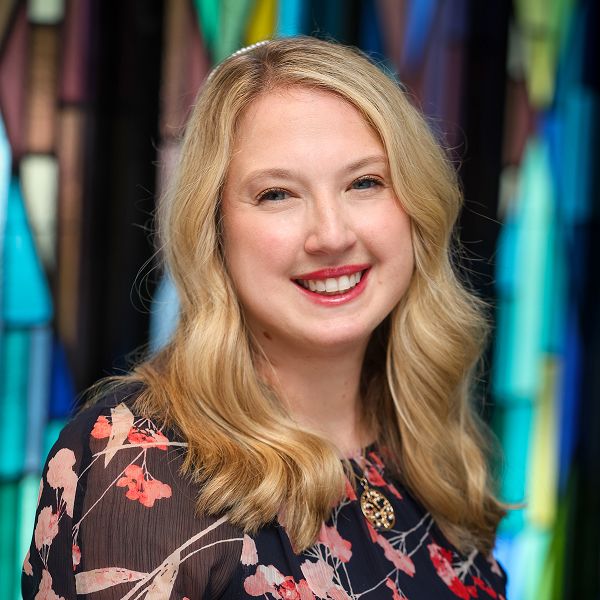
Rabbi Guzik - A Bisl Torah
November 20, 2025
After struggling with her fertility, Biblical matriarch Rebekah learns that she is pregnant with twins. The pregnancy is difficult; the fetuses push up against each other, and Rebekah famously asks, “If so, why do I exist?” Rashi seems to think...
November 13, 2025
It is the season of giving thanks. It is the season of looking at our lives and counting our blessings. And in a world in which we are positioned to count the blessings of others, cultivating gratitude isn’t always the...
November 6, 2025
Resiliency is getting back up again after experiencing trauma or pain. Spiritual resilience is holding onto to one’s convictions and beliefs and even gaining new and deepened perspectives while facing challenges. Spiritual resilience doesn’t deny one’s hardship but rather, it...
October 30, 2025
It’s the season of recommendations: Students applying for high schools and colleges; college students already looking to the summer for internships. Clergy and school personnel are typing away, writing meaningful statements about ways their constituents make a difference. As we...
October 22, 2025
I recently watched a reel of a mother experiencing heightened emotions after she left a grocery store. She said she ran into another mother with a toddler and couldn’t help but stare. Her own children were past the baby and...
October 16, 2025
What is the response when experiencing answered prayers? When our living hostages were released from Hamas’ tortures, it felt as if our prayers were answered. You will often see congregants come to the bimah for an aliyah to the Torah...
October 9, 2025
There is one piece of Jewish law regarding the sukkah that stands out to me. Once the weeklong Sukkot festival is over, how long do you have until you must take it down? The answer is both meaningful and practical—one...
October 1, 2025
During the Yamim Noraim, the Days of Awe, we face the Unatanetokef prayer: The stanzas that ask us to confront who will live and who will die. As each page of the mahzor comes closer to its recitation, I find myself...
September 26, 2025
Over the High Holy Days, a rebbe walked through the marketplace and overheard banter between a merchant and his customer. The customer was clearly frustrated. He was disappointed with the price the merchant offered for the product. “C’mon! I know...
September 18, 2025
In this season of change, we speak often about wanting others to change: Pointing out what others are doing incorrectly, ruminating on the ways others should improve or be better, and even posting on social media or making public comments...

Rabbi Nicole Guzik